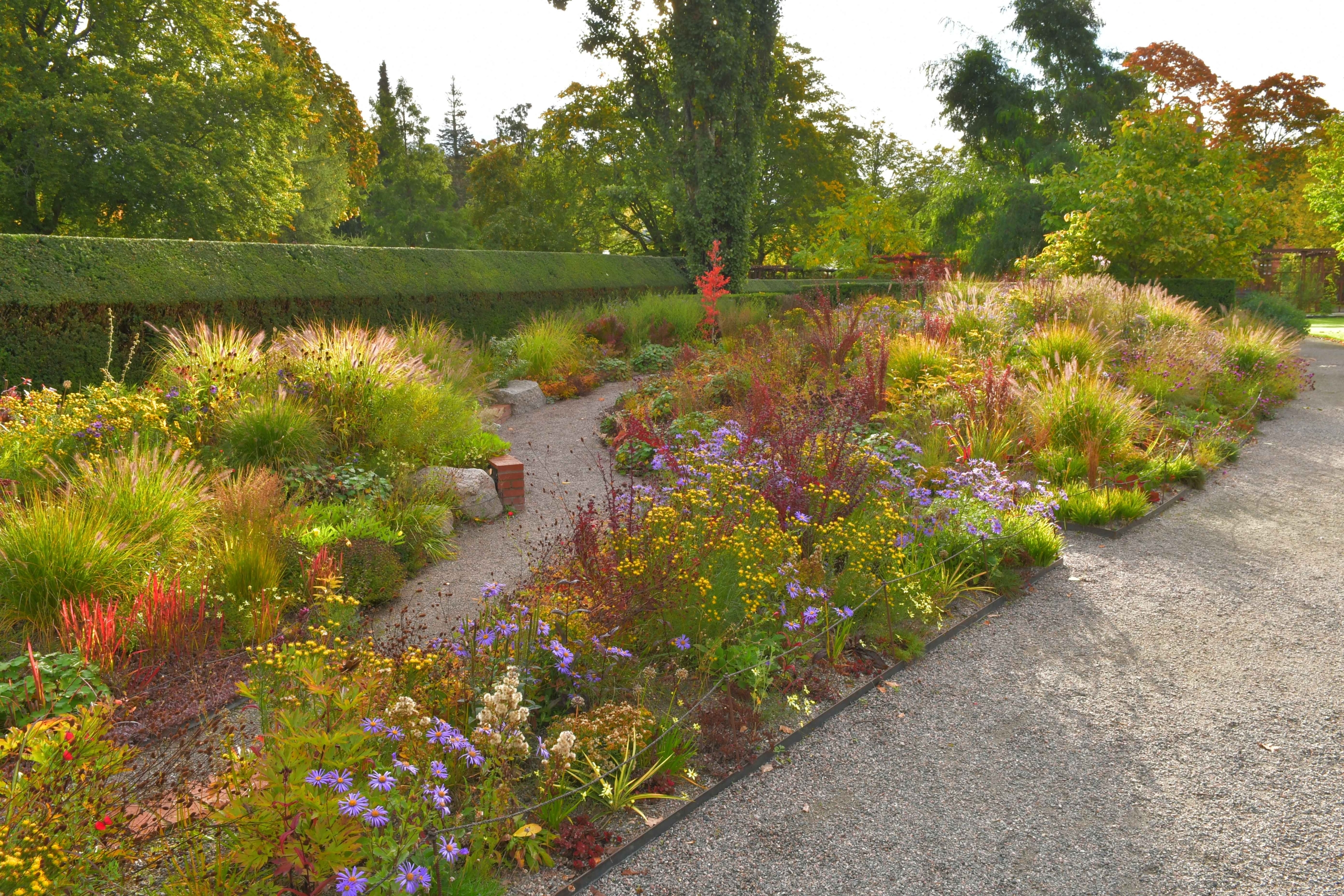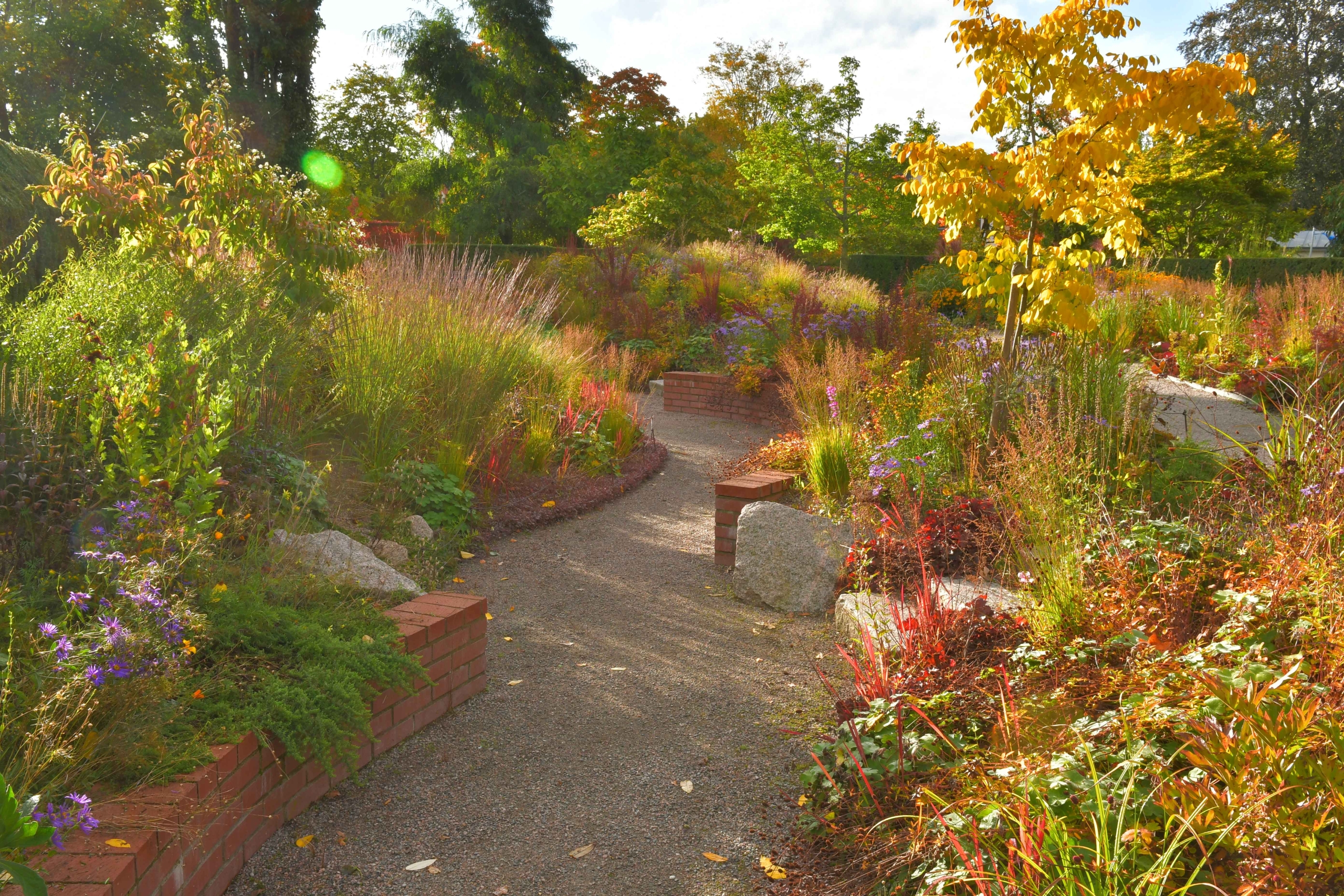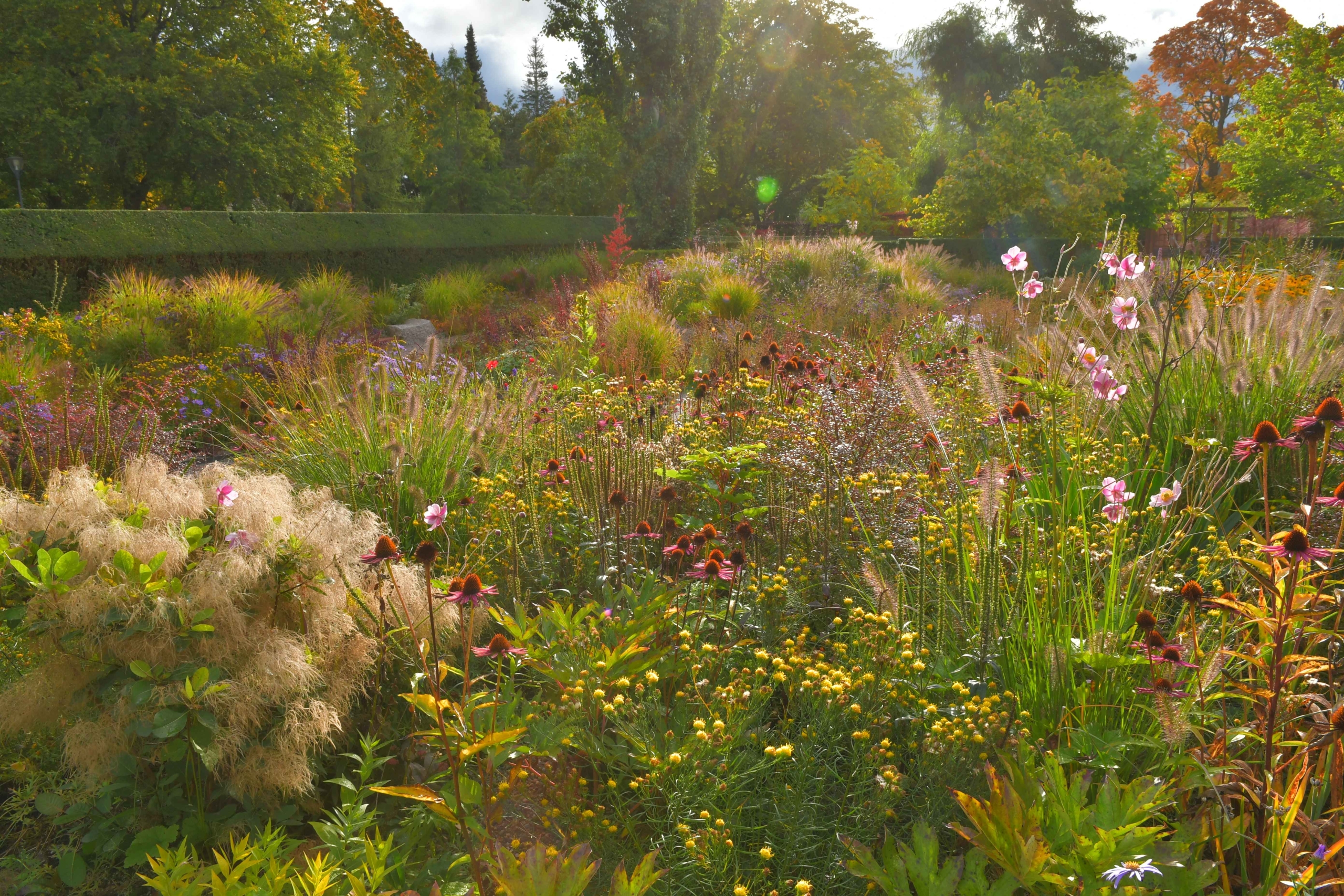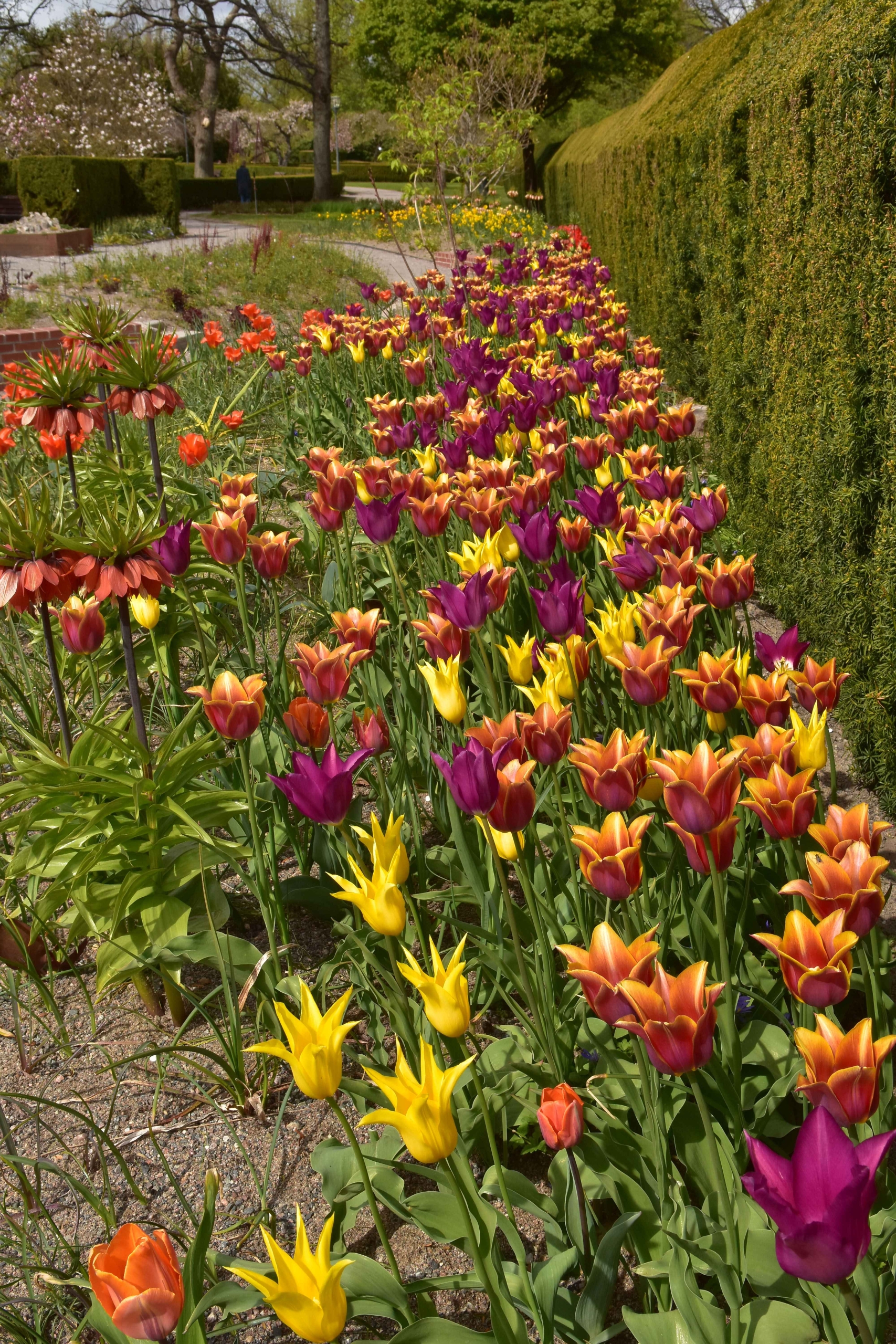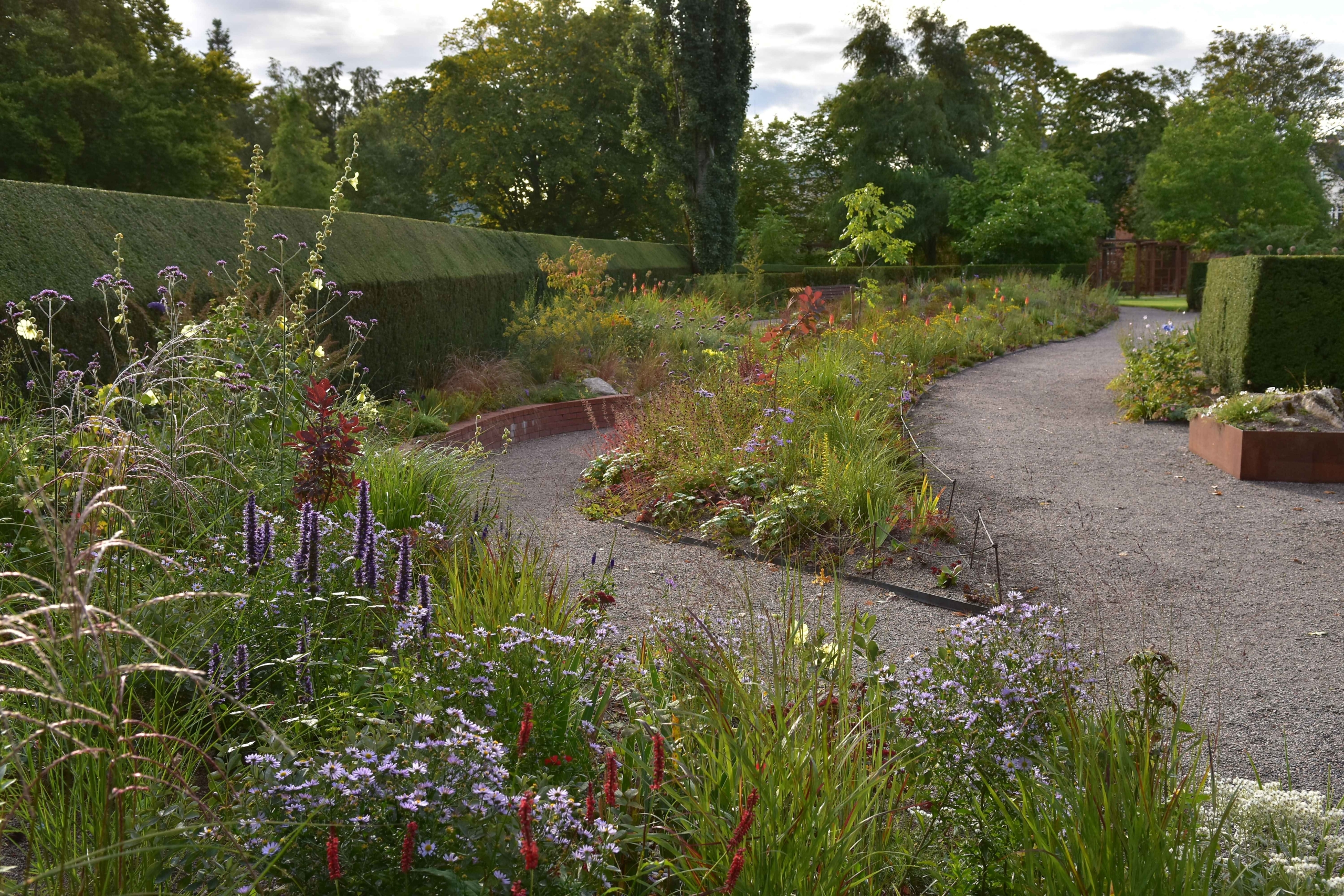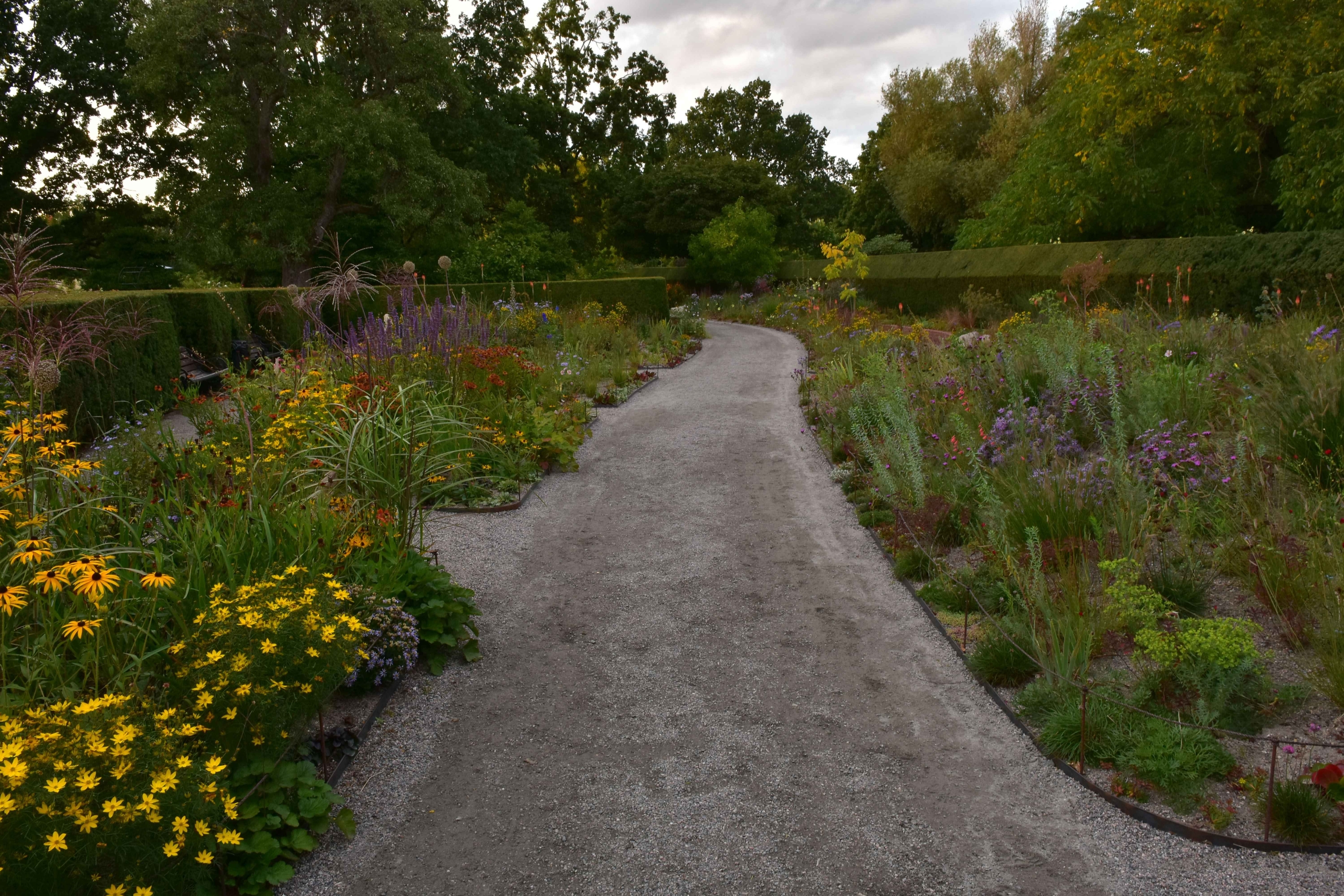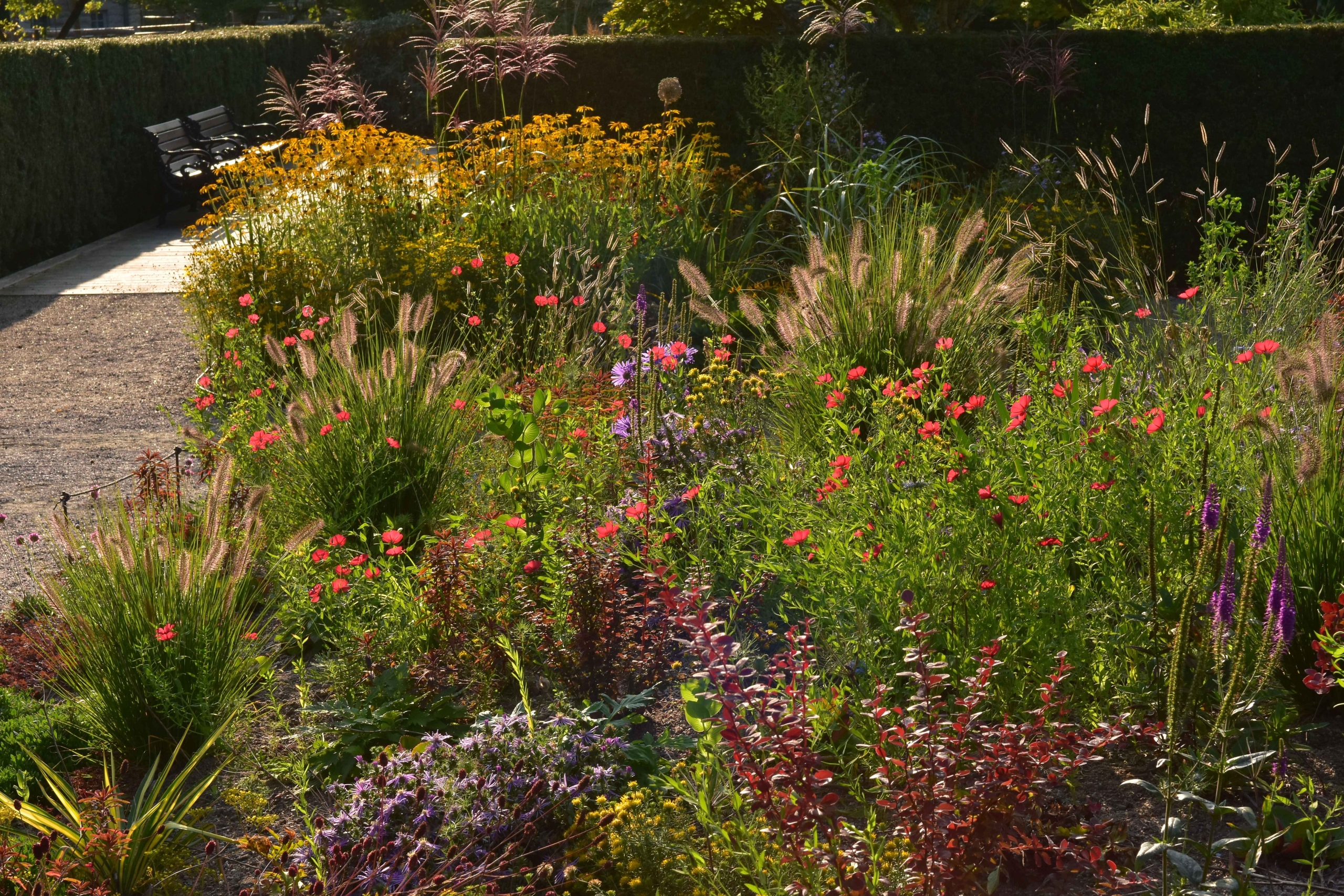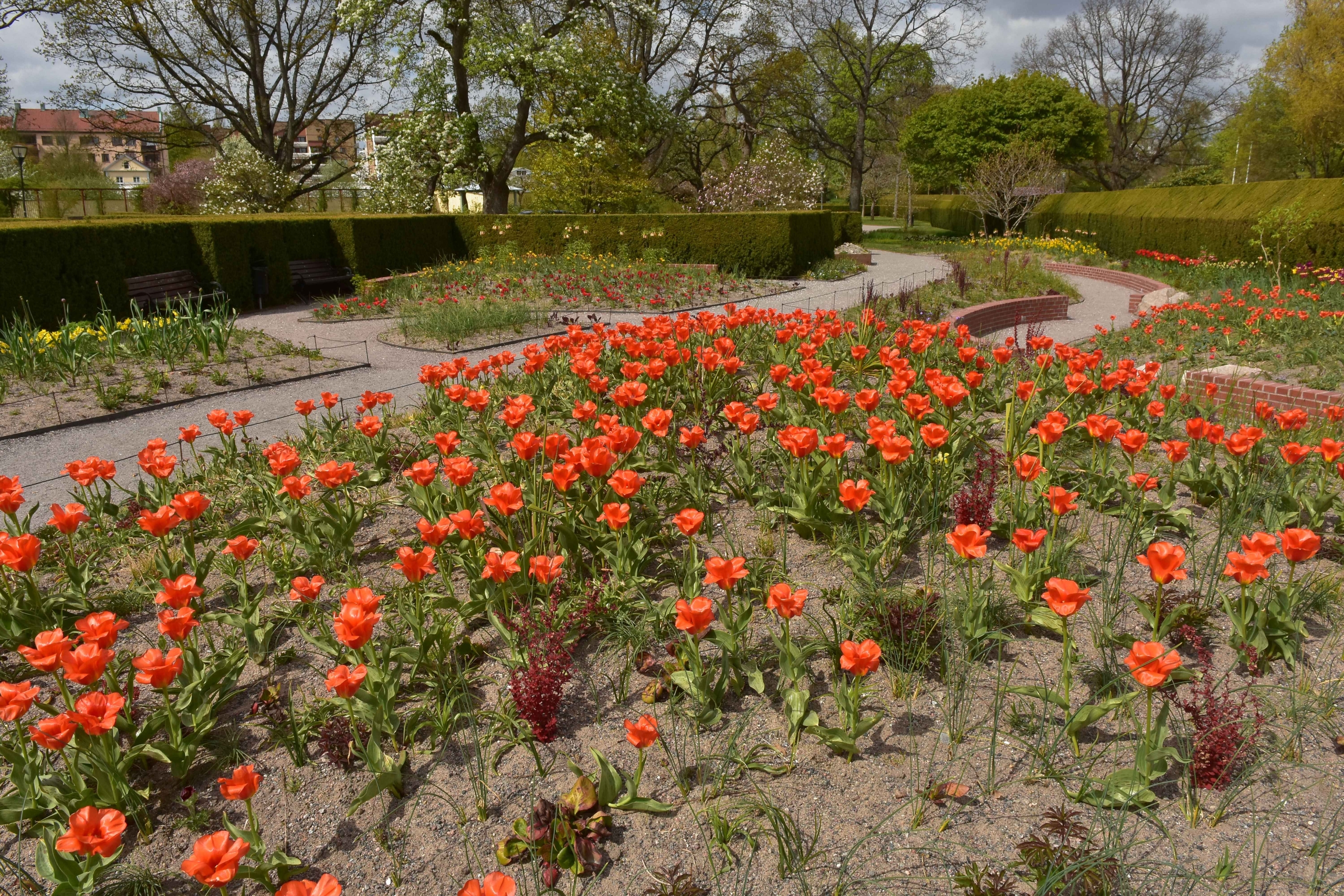350 square metres.
Planted during autumn 2019.
The aim was to create an organic landscape with many places to sit. With a huge variety of plants, there should be something attractive all year round.
The existing main path through the room was kept, but the landscape was re-shaped to provide conditions for different kinds of plants. Well drained south-facing slopes for heat loving species, and cool north-facing slopes for alpines and woodland plants. The substrate used was the existing soil, where the top 30 centimetres were mixed with 30% 0-8 mm glacial sand to enhance the draining capacity. The surface was covered with 3-5 centimetres of the same gravel to minimize the evaporation and facilitate maintenance.
Lowered and raised brick walls work as retaining walls for the planting beds. At the same time they work as seating, where you can get close to the sometimes very small and delicate flowers. The all year interest starts in the spring with thousands of flowering colourful bulbs, after which perennials and grasses take over the show until winter arrives. Even during winter, there is a chance to see little Narcissus flowering!
MAINTENANCE
The Brick room is located in the city centre park in Örebro. There are resources in form of money and knowledgeable staff. The top layer of sand, minimizes the need of maintenance and weeds are easily removed. During winter the perennials are cut back and the organic matter is removed to avoid adding humus.
The well drained top layer without organic matter makes the moist stay in the planting bed, and force the roots to grow deep down. There is no need of irrigation, unless the summer is extremely dry. The plantings are fertilized a little bit every spring. Some planting beds probably need adding some more sand every few years.
